A factory on the edge of Stockholm, Sweden, has revolutionized the ability to charge everyday items with a thin sheet of solar-powered cells.
The sheets being printed will be able to charge keyboards and headphones and ultimately change how we use technology in our everyday lives. The inventor thinks the new tech will bring a new era of clean energy into a world using resources at alarming rates.
Sweden Is at the Forefront of the Solar Revolution

Sweden has been known for producing many things over the years, including pop groups, lumber, and chocolate, but a new invention has made it the epicentre of the solar revolution.
Giovanni Fili, the co-founder of Exeter, created a new power source called a photovoltaic cell. The breakthrough can create electricity from any light source, including direct sunlight, moonlight, and even candlelight.
New World Changing Technology
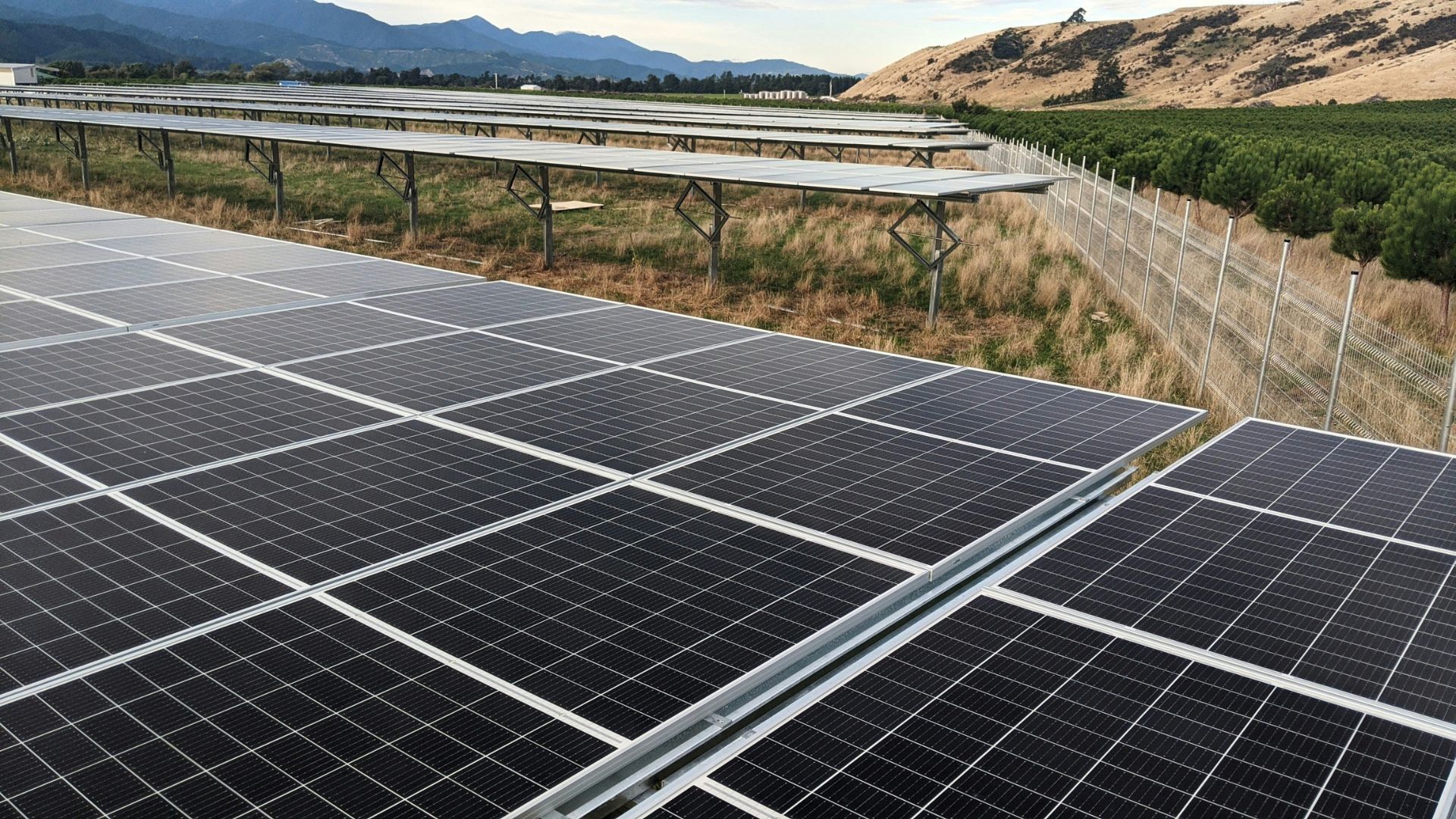
Fili sat down with the press to share the exciting details of his new clean-energy invention. He claims that the world-changing technology will address the global need for energy and attempt to resolve some of the world’s biggest energy challenges.
“Like the algae on the bottom of the ocean where it’s almost pitch black, we can make efficient use of very few photons,” the ability to harness solar power more easily means that it can be powered by very weak sources.
How the New Tech Is Different From Indoor Solar Panels
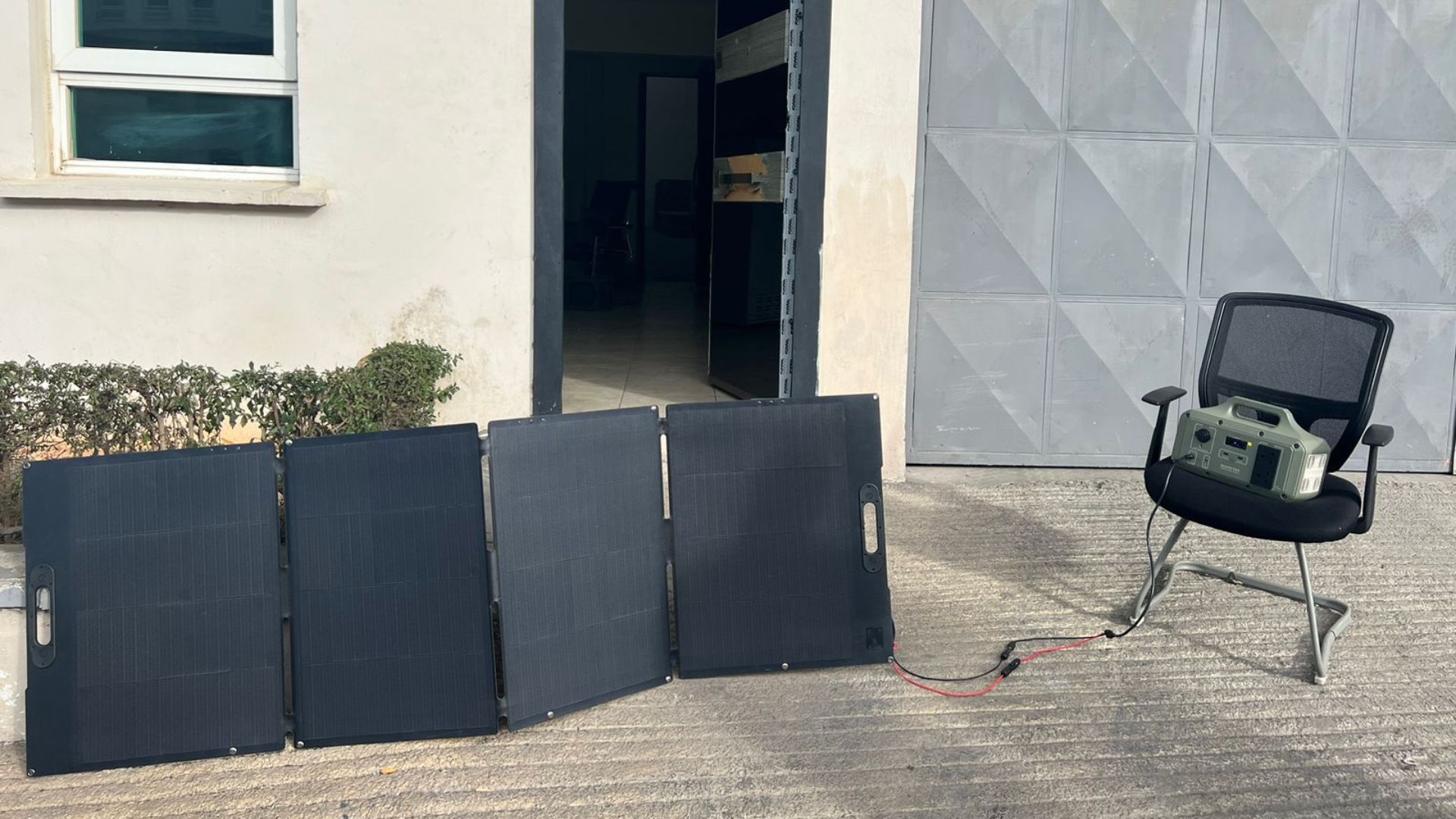
Solar power has long been a popular method of energy. In the 1970s, solar-powered calculators were invented. Indoor panels have also been in use for decades; many hikers keep small portable solar panels in their bags in case of emergency.
However, commercial panels have been too weak to store energy until now. The typical amorphous silicon cells rely on very bright sources and are usually too fragile to be incorporated into products.
Innovation Stems From Tech Created in California

Although the United States has been accused of lacking the necessary energy plans to move into the future, many inventions have come out of the states. The most recent invention was made in 1988 at UC Berkeley in California, relating to dye-sensitized solar cells (DSSC).
A team of scientists created a low-cost, high-efficiency solar cell that was flexible and almost transparent. The new invention offered a pathway to developed new technology for commercial products.
New Electrode Material Came As a Breakthrough in Sweden
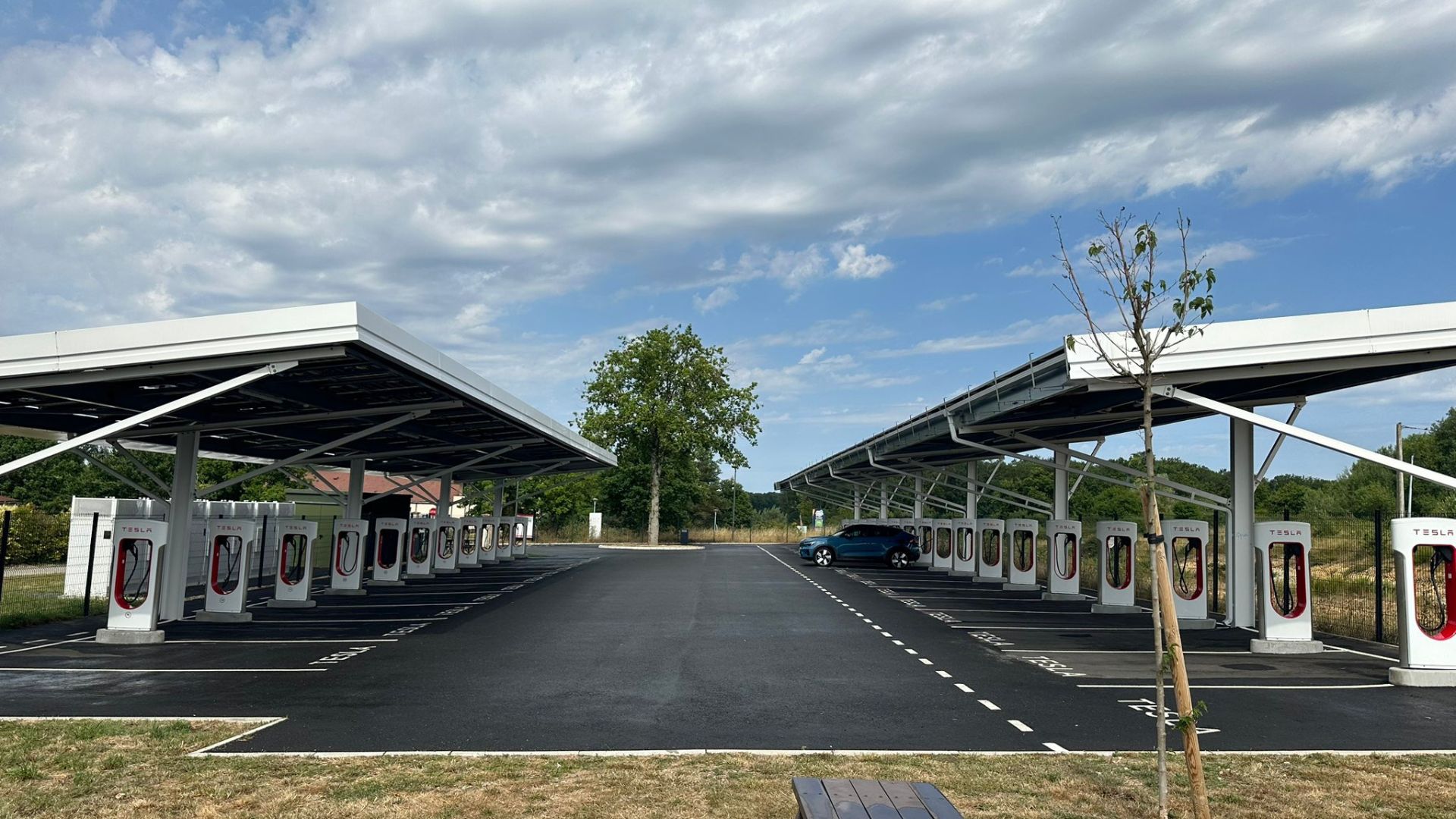
20 years after the first invention at UC Berkeley, Fili and his associate Henrik Lindström changed the initial technology to create a new electrode material. The material offers 1,000 times better conductivity than traditional solar panels.
The life-changing invention made the basis for their Powerfoyle cells, which are now being produced on a commercial scale.
What Are the Powerfoyle Cells?
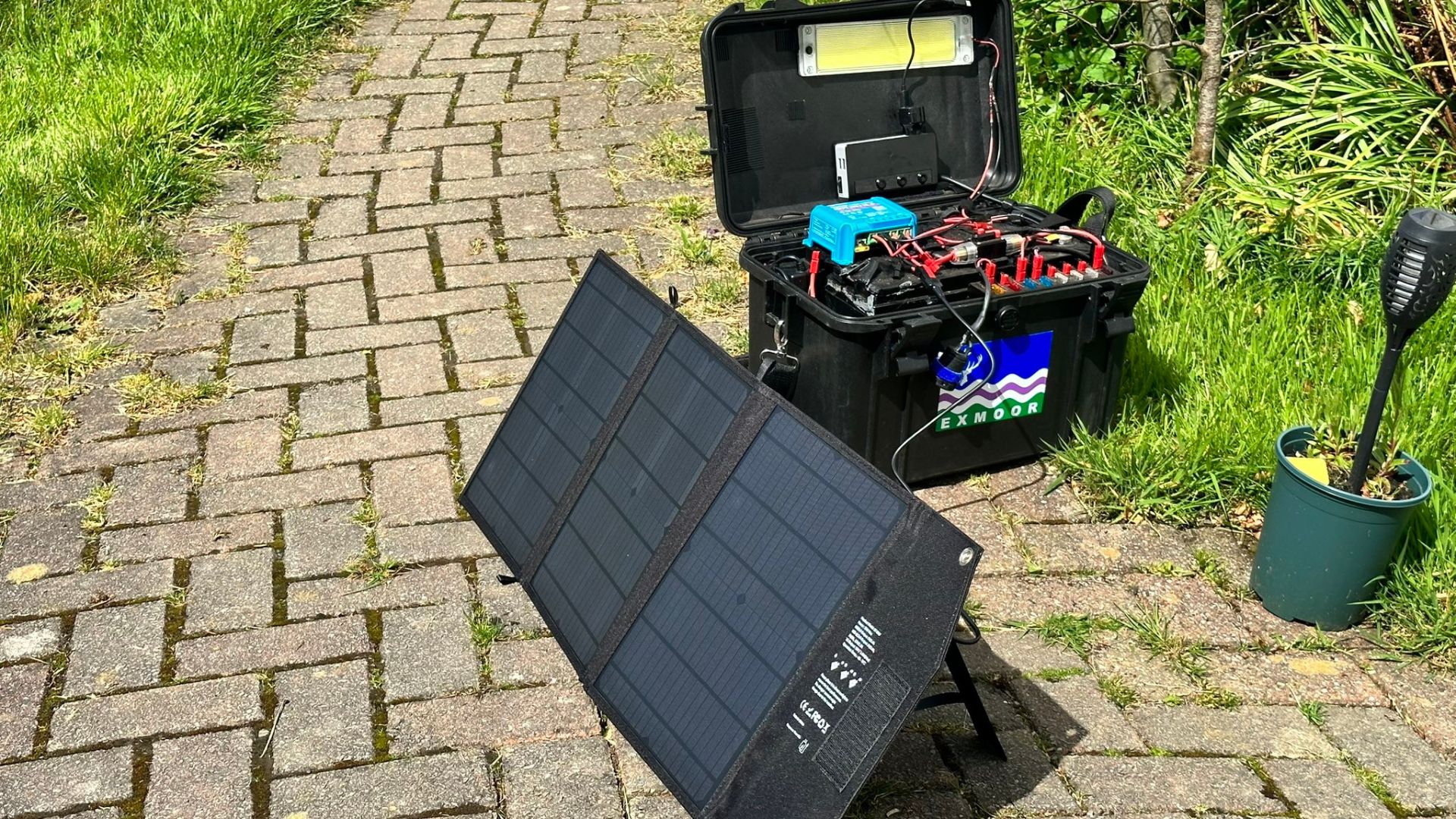
Exeger’s Powerfoyle cells can capture sensitive amounts of light, even in the shade or at night.
The ability for the panels to be almost completely flexible eliminates the need for a panel to be fixed to a sturdy backing. The cells can be fixed to things like round helmets and the roof of a car.
Skin-Like Material Can Morph Into Different Products

The new product has been described as “skin-like.” The super-thin material can be attached to any product that faces a light source.
The company looks forward to selling its solar cells to different types of companies that can utilize the technology. The cells are inherently waterproof, dustproof, and shockproof.
Solar Cells Can Capture Tiny Slivers of Light
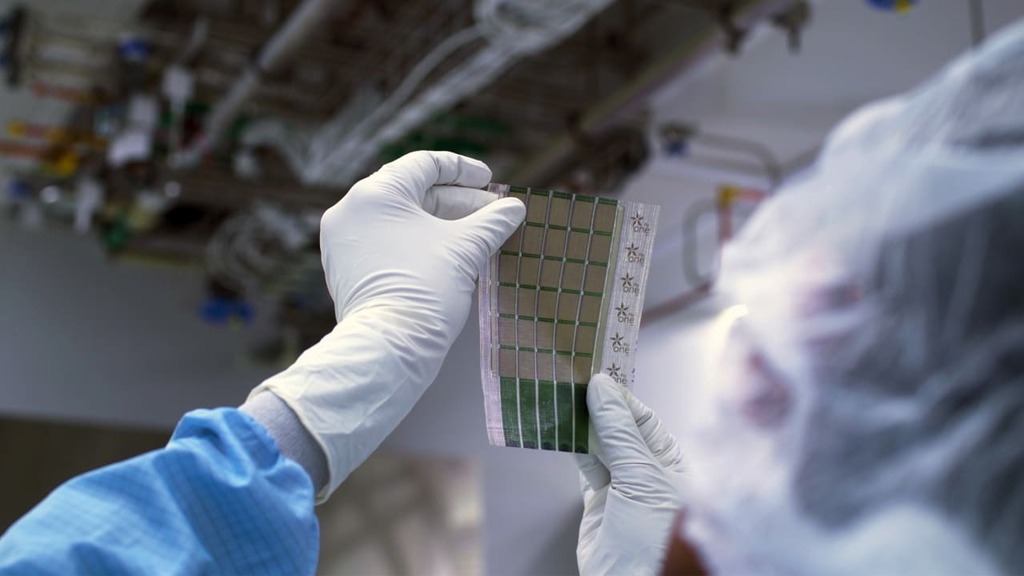
The exciting part of the new technology is that it can extract energy from even the most subtle light sources. Full sun can charge it even faster, but it will work seamlessly by taking in energy from candlelight or shaded daylight.
“It works in any light condition, it’s more durable than any other solar cell in the world, it’s easy to manufacture, and it can imitate any surface – leather, carbon fibre, wood, brushed steel. It’s also beautiful,” Fili says. “So we can integrate into products that are already selling in the billions of units per year.”
Sweden Will Change the Lives of Billions

The facility in Stockholm will produce 2.5 million square meters of solar cells every year.
The massive factory is the largest in Europe, and the makers think that the new tech will “touch the lives of a billion people by 2030.”
Battery Free Future

The clean energy pioneers hope to completely eliminate batteries in the future. Currently, TV remotes use 3.1 billion disposable batteries each year, which primarily end up in landfills.
Samsun hopes that by switching just television remotes to solar-powered cells, they can eliminate around 6,000 tons of greenhouse gas emissions each year.
Applications of the Tech Are Limitless

Exeger hopes that the versatility and durability of its power cells mean that the technology can be applied to any type of technology. Laptops, printers, and even large cooking appliances can use the super useful solar cells.
Fili thinks that one day, “our grandchildren will laugh that we had cables” at all.








































